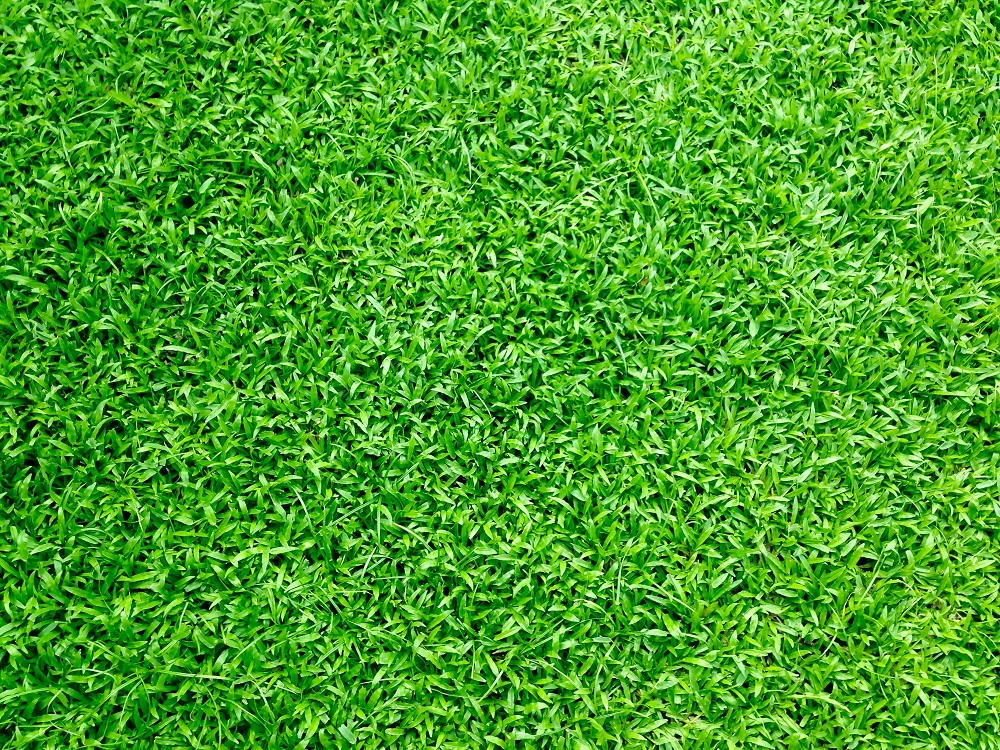Aeration and Overseeding: Enhancing the Health and Growth of Your Lawn

A lush and vibrant lawn adds beauty and value to any property. However, maintaining a healthy lawn requires more than regular watering and mowing. Aeration and overseeding are two essential practices that can significantly enhance the health and growth of your lawn. In this article, we will explore the benefits and techniques of aeration and overseeding, explaining how they work together to promote strong roots, improved nutrient absorption, and increased resistance to environmental stresses. By understanding the importance of these practices, you can take the necessary steps to achieve a beautiful and resilient lawn.
Benefits of Aeration
Aeration involves the process of creating small holes in the soil to alleviate compaction and allow air, water, and nutrients to penetrate the root zone. This practice offers several key benefits for your lawn:
1. Enhanced Oxygen and Nutrient Absorption: By creating channels for air and nutrients, aeration improves the ability of the roots to absorb oxygen, water, and essential nutrients. This leads to stronger and healthier root systems, which are essential for overall lawn health.
2. Improved Water Infiltration: Compacted soil can prevent water from properly reaching the root zone, leading to shallow root growth and increased vulnerability to drought. Aeration helps water penetrate deeply into the soil, promoting deeper root development and drought resistance.
3. Reduction of Thatch Buildup: Thatch, a layer of dead grass and organic matter that accumulates on the soil surface, can prevent water, air, and nutrients from reaching the roots. Aeration breaks up the thatch layer, allowing it to decompose more effectively and preventing excessive buildup.
4. Enhanced Soil Structure: Compacted soil restricts the movement of roots and hampers the growth of beneficial soil microorganisms. Aeration loosens the soil, improving its structure and promoting a healthy environment for root growth and microbial activity.
Benefits of Overseeding
Overseeding involves spreading grass seed over an existing lawn to introduce new grass varieties and fill in bare patches. This practice offers numerous advantages for your lawn’s health and appearance:
1. Thickened Turf: Over time, lawns can become thin and sparse due to factors such as foot traffic, diseases, or aging grass. Overseeding helps to thicken the turf by introducing new grass seed, resulting in a denser and more visually appealing lawn.
2. Weed Suppression: A thick and healthy lawn created through overseeding can effectively crowd out weeds, reducing their establishment and growth. By filling in bare spots, overseeding leaves less room for weed seeds to germinate and take hold.
3. Improved Disease and Pest Resistance: Overseeding with disease-resistant grass varieties strengthens the lawn’s overall resistance to common diseases and pests. By diversifying the grass types, you can mitigate the risk of widespread damage from specific pathogens or insects.
4. Enhanced Color and Uniformity: Overseeding can improve the color and uniformity of your lawn, especially if your existing grass has become discolored or patchy. New grass seed can introduce vibrant colors and create a more consistent appearance throughout the lawn.
Aeration and Overseeding: A Winning Combination
While aeration and overseeding each offer unique benefits, combining these practices can yield exceptional results for your lawn’s health and growth:
1. Synergistic Effects: Aeration and overseeding work together to maximize the benefits of each practice. Aeration creates an optimal environment for seed germination by improving soil contact and reducing competition from thatch. The newly created holes provide an ideal seedbed, allowing the grass seed to establish and flourish.
2. Seed-to-Soil Contact: The holes created during aeration provide direct contact between the grass seed and soil, promoting better seed germination rates. This contact enables the seed to absorb moisture from the soil and facilitates the exchange of nutrients, resulting in stronger and healthier grass growth.
3. Enhanced Nutrient Availability: Aeration improves nutrient absorption by allowing fertilizers and soil amendments to reach the root zone more effectively. When combined with overseeding, the introduction of new grass varieties can help optimize nutrient uptake, as different grass types may have varying nutrient requirements.
4. Long-Term Lawn Resilience: Aeration and overseeding contribute to the long-term health and resilience of your lawn. Stronger and deeper root systems developed through aeration provide improved access to water and nutrients, making the grass more resistant to drought and environmental stresses. Additionally, the introduction of new grass varieties through overseeding helps prevent the dominance of a single grass type, reducing the risk of disease or pest outbreaks.
5. Cost-Effective Solution: Aeration and overseeding are cost-effective practices compared to other lawn renovation methods. They can revitalize an existing lawn without the need for complete removal and replacement, saving both time and money.
Aeration and overseeding are vital components of a comprehensive lawn care regimen. By incorporating these practices into your lawn maintenance routine, you can enjoy a healthier, greener, and more resilient lawn. Aeration promotes improved nutrient absorption, reduced thatch buildup, and enhanced soil structure, while overseeding thickens the turf, suppresses weeds, and enhances color and uniformity. When combined, aeration and overseeding create a synergistic effect that maximizes the benefits of both practices. With proper planning and execution, your lawn can flourish, becoming a source of pride and enjoyment for years to come.
Generated by ChatGPT